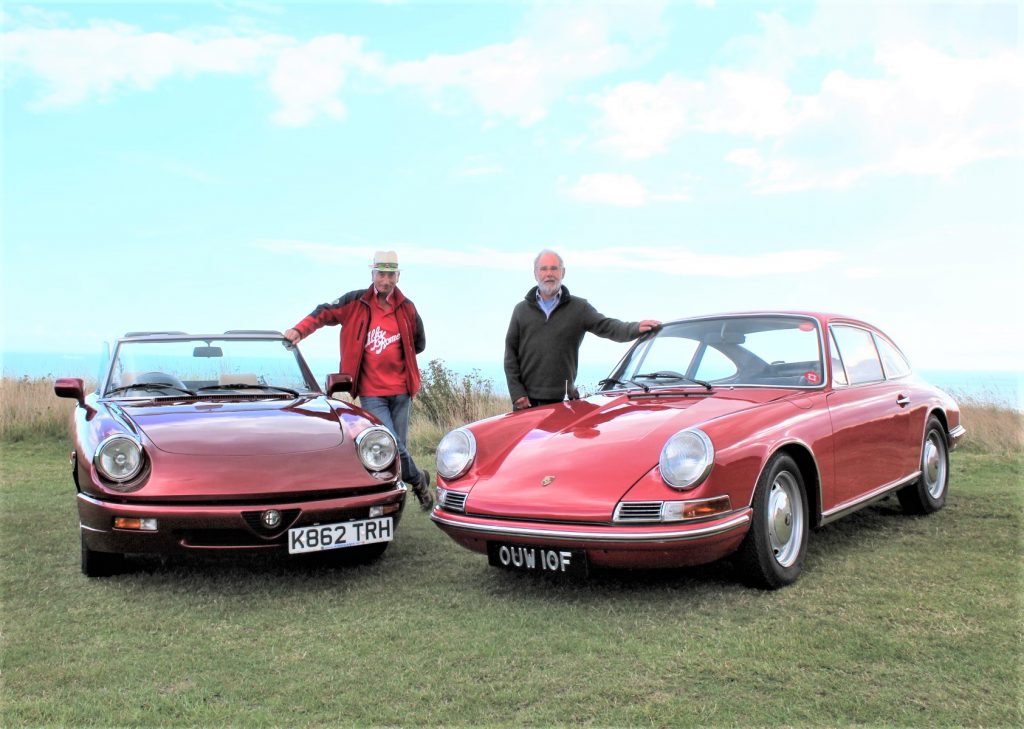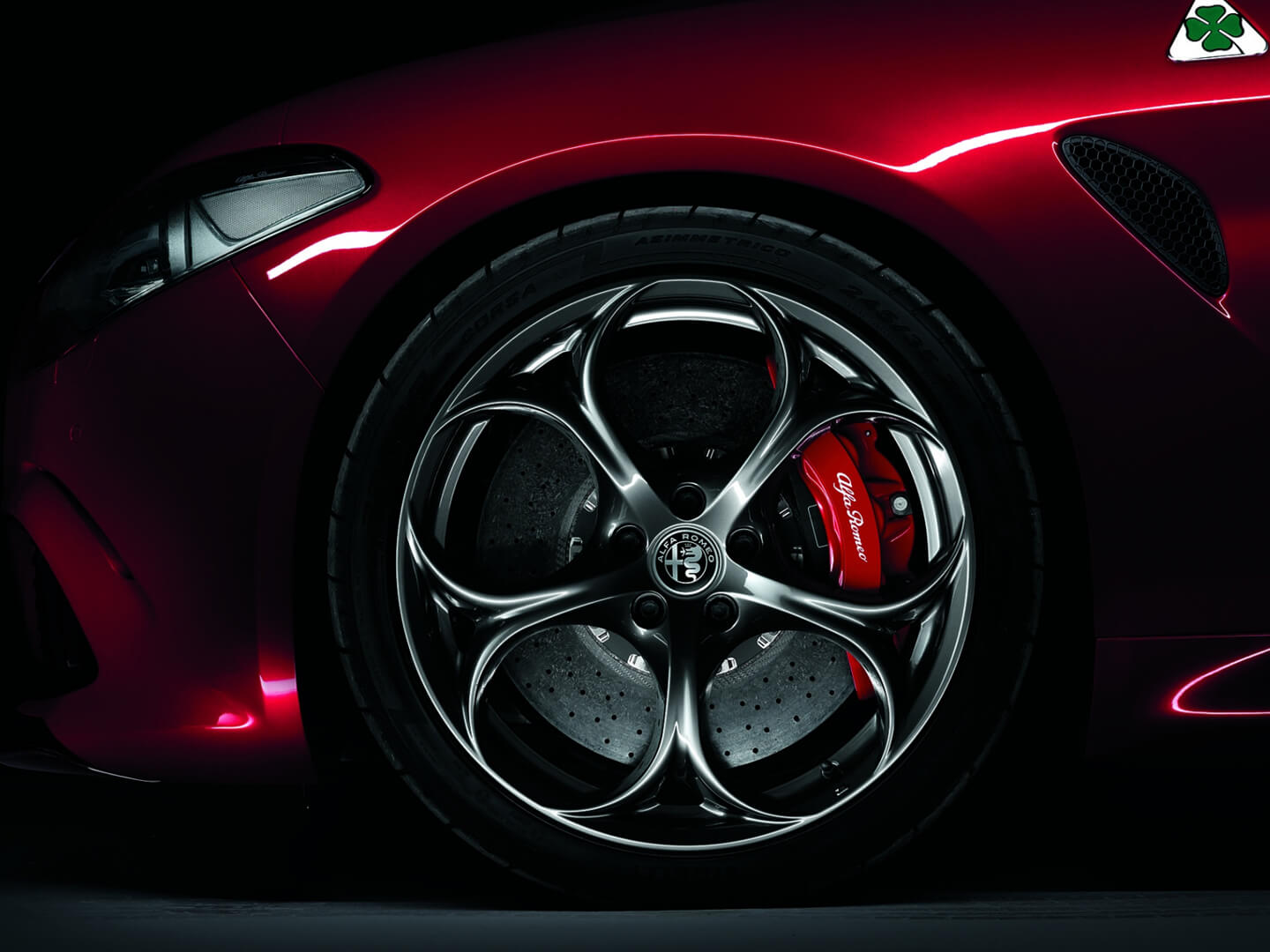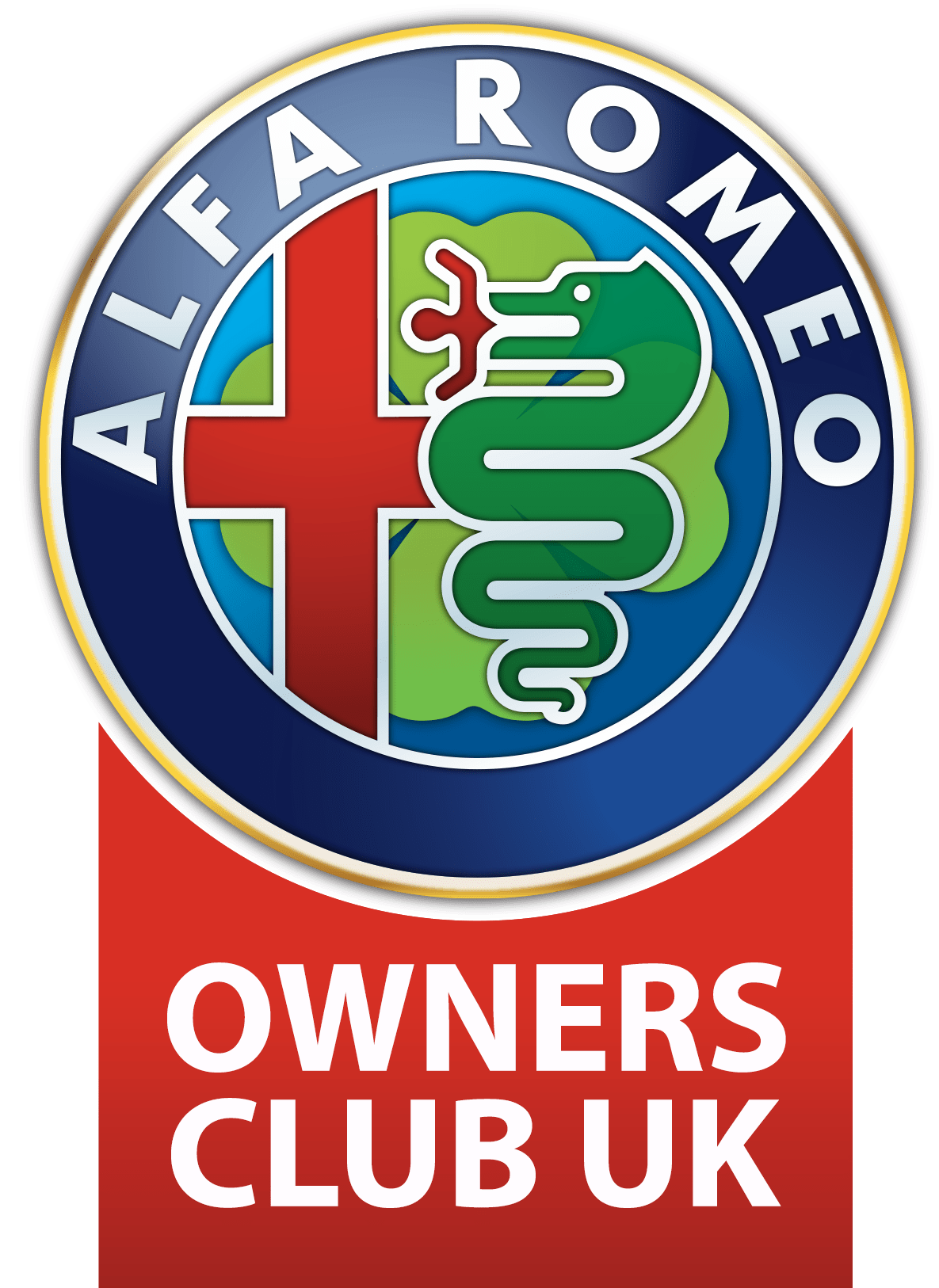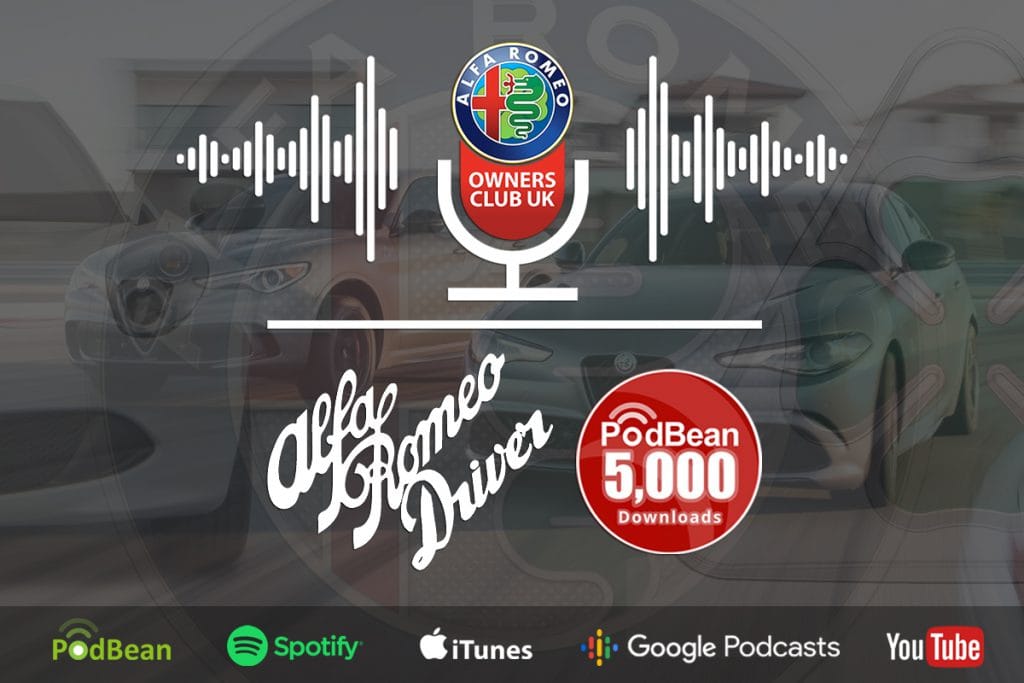Bonnets & Wings 2020

We have covered and attended the Bonnets and Wings Show before in the following articles: https://www.arockes.org.uk/bonnets-wings-1st-sept-2019/and https://www.arockes.org.uk/bonnets-and-wings-show-at-the-battle-of-britain-memorial-2-sept-2018/ . Both of these articles cover the location and history of this stunning venue at the Battle of Britain memorial at Cappel-Le-Ferne but not the actual hard working club that organises it. That accolade goes to The Ramsgate Old Motor and Motorcycle Club (R.O.M.M.C). I have to say, by the quality and quantity of cars attending it more than shows off an age of vehicle that compliments the venue completely.
As far as I can research, the Club was formed in about 1981, making it the oldest established classic car and motorcycle club in the South of England. It was formed by a group of old vehicle enthusiasts based in Ramsgate who organised the original “Great Bucket & Spade Run” that started at Blackheath (South London) and finished at Ramsgate. This is an annual event and the starting point had to be changed over the years due to increased traffic and new motorways. The club grew out of this event and still organise it today after more than 37 years (this was cancelled this year due to the COVID pandemic and which I was due to take part in). The objectives of the club were, and still are, to further the interest in and preservation of veteran, vintage and classic vehicles of all types. Membership is open to all persons, whether or not they own a vintage vehicle. Vehicles taking part in club events are preferred to be at least 25 years of age.
R.O.M.M.C Club meetings are held throughout the year on the first Thursday of every month. These meetings are not always at the same venue as at times, particularly throughout the summer, they have mystery car runs and other events starting and finishing at different places. The club welcomes all owners and enthusiasts for vehicles over 25 years old. They attend and most importantly organise some of the biggest classic car shows in the South East and always welcome new members. Their website can be found at https://www.rommcc.org/
This is what makes this show different to most that we attend as a club insomuch that your vehicle has to be older than my son to attend. Three years ago they took a bit of a chance with my new Alfa MiTo but our other club vehicles attending made up for the shortfall in youthful years and I have graduated to an Alfa that fits in with their ethos and show requirements. They are nice and lovely people to whom our club would love to keep a good relationship with in future years.
This year’s event was affected by the COVID-19 pandemic and understandably numbers were cut back. The weather for the third year in a row was fantastic and the views were as ever stunning – as befits the memorial site. As always, in the perfect flying weather, we were reminded of the site’s significance by the omnipresence of wartime Spitfires overflying the site. The roar of the Merlin engines was unmistakable. That was the “Wings” part of the show and the “Bonnets” part was just as impressive with France clearly visible across the English Channel.


There are always a few cars that really stand out to the eye of the beholder and everyone likes what they like so I thought I’d just pen up a few that really appealed to me. Other people would choose other cars but since this is my article … I get to choose what would be in my hall of fame for the day.
One of the vehicles really high on this list would be the Mercedes Benz 300 SC three litre and six cylinder cabriolet exhibited by Johanna Whyte and her driver/engineer Mr David Harman. Johanna is a delightful and a well travelled lady who is a joy to swap stories with. We have covered her special vehicle at https://www.arockes.org.uk/grand-old-timer-rally-31st-aug-2020/ so won’t bore you with the details here but suffice to say a magnificent vehicle that compliments the lady.

Next we had a Ferrari and… well, who doesn’t love a classic red Ferrari? This one was in the form of a 1990 Mondial T Cabriolet. It has a double overhead cam for each of its cylinder heads and has 4 valves per cylinder with a Bosh fuel injection system, electronic ignition, power steering, a dry sump lubrication system, adaptive or as they would term it way back then “adjustable” suspension. With what was becoming very common in the 1990’s – a limited slip differential. Although novel, LSD’s were being fitted to the Alfa Romeo Bernlina’s in the 1970’s. The top speed of the Ferrari was reported to be in the region of 160 M.P.H covering 0-60 MPH in 6.2 seconds. This was pretty impressive in its day and a time that was cut in half by today’s current Alfa Giulia QV with over 550 BHP. Past and present comparisons aside this is an impressive vehicle and various models of the Mondial were produced between 1980 and 1993 with ever increasing engine capacity from three to nearly three and a half litres. There were only 1017 Mondials ever built and only fifty-seven were right hand drive. The Mondial T version here is one of the last of the line. Surprisingly it is the only mid-engined, four seat cabriolet ever made by any manufacturer. Weirdly the engine is mounted longitudinally and has a transverse gear box – hence the “T” in the model designation. Truly an unusual car and I liked it!

Every great car has to have an equally great badge. We all love badges and this Ferrari had two so honour dictated that I should do a bit of research into them.


Everyone knows Ferraris’ symbol is the famous “Prancing Horse” and emblem of the famous aviator Francesco Baracca, chosen by Enzo Ferrari as symbol for his first Scuderia racing team. Like Moto Guzzi’s eagle with its wings spread out. The Prancing Horse is also from the world of aviation. To be precise, it is originally Francesco Baracca’s personal emblem, a major and pilot during the First World War and shot down in 1918. On the bodywork of his fighter there was a little black prancing horse with its tail downwards, a symbol of courage and temerity.
A few years after the passing of the fighter ace Baracca, Enzo Ferrari got to know Baracca’s mother or as her title tells us the Countess Paolina Baracca. On the 17th June 1923 at the Grand Prix of Savio, near Ravenna, Enzo Ferrari won the first race as an Alfa Romeo racing driver, and Countess Paolina suggested he should adopt her son’s Prancing Horse symbol.
Six years later, in 1929, Enzo Ferrari founded the “Scuderia Ferrari” racing team in Modena, affiliated to Alfa Romeo, but only in 1932 did he receive the go-ahead to use the Prancing Horse symbol. However, when Enzo Ferrari separated from Alfa Romeo to start his own car making company in 1939, he had to abandon his lucky Prancing Horse badge for a whole 5 years during WWII.
It was, however, just a matter of time and starting from after the war, the Prancing Horse returned to the racetrack and became even bolder than before. It became fully visible on his Ferrari 125 S and the first car to bear its inventor’s name. The tail was now turned upwards as can be seen on the badge of the Mondial T, the silhouette became slimmer, and the unmistakeable yellow background was chosen in honour of the colour of Modena. Which now explains the two original badges displayed on this fine example of the Mondial T.
Then we had a host of loads of other beautiful cars that all had one thing in common and hands up who spots what this is…






Yes, you have probably guessed it and it’s the distinctive AA badge. One could be forgiven for thinking that the individual stamped numbers were membership numbers. But no! And this is a bit of a quiz for you all as the serial numbers relate to the date of issue, so I wonder how many of you can work out whether the AA badge displayed on each of the lovely vehicles here is truly representative of the vehicle displayed?
To work this out we really should go back into the history of the “Automobile Association” or AA as we all know it.
The first AA badges were used for practical purposes from1905. AA bicycle scouts were issued with a simple metal badge carrying the AA sign and their individual scout number, as a means of identification for all passing drivers that needed their services. From 1906 badges with distinctive numbers were issued to individual members to display on their vehicles.

1948, Epping Forest, a patrol salutes an AA member. Look for the new style badge on the car grill, introduced in 1945.
Here is how the badge numbering system worked for the period the badge was issued.
- 1 to 999999 1906–30
- A to P suffixes 1930–45
- RST suffixes 1946–56 (flat motorcycle badges)
- WXYZA suffixes 1956–67 (domed motorcycle badges)
- OA to OZ prefixes 1945–57
- 1A to 9A prefix 1957–59
- 1B to 9B prefix 1960–61
- 1C to 9C prefix 1962–63
- 1D to 9D prefix 1964–65
- 1E to 9E prefix 1966–67

Precise details of the earliest AA car badges have not survived. It is known that they were issued in April 1906, and were of a uniform pattern. It is likely that the first two or three hundred were made of brass.
Quite soon ‘white metal’ (nickel-plated) versions became available, though how many is not known. The badge carried a serial number on the shank. There was also a signature of Stenson Cooke – large to start with and eventually made smaller with the word ‘secretary’ added as the years went on.
The reverse of the first badges was plain. Soon the telephone number and telegraphic address appeared (remember this was a time before the use of telephones.)

In November 1907 a smaller version of the AA badge was made for motorcycles. During the First World War, motorcycle badges were given coloured heart-shaped tokens indicating membership expiry dates.

Motor Union car badge first issued in 1907

After amalgamation with the Motor Union, a combined badge was designed in 1911 incorporating the M and wings from the body’s emblem with the intertwined AA. It was the standard pattern for the next half century, varying only in size, type of metal and method of fixing.
From about 1925 onwards brass badges gave way almost entirely to nickel or chromium finish. During the 1930s the wings were made straighter and pinions were given greater definition.

A combined AA and MU motorcycle badge with a subscription renewal ‘token’, 1915 to 1916 only.

From 1907 to 1967 members of the AA Committee displayed the original circular badge surmounted by a pennant.

The short-lived pentagonal light car badge, for two- or three-seater cars up to 11.9 horsepower, 1914 to 1920.

Industrial or commercial vehicle section badge, brass with red background, 1911 to around 1930.

Industrial or commercial vehicle section badge, around 1930 to 1967. It was made in chrome with an attractive basket-weave design.

Chromium motor cycle badge, first issued in 1929 and replaced around 1952.

Small car radiator badge, from 1930 to 1939.

In 1945 the shape was made more compact with a convex dome, and this design lasted until 1967.

The dome badge was replaced in 1967 with a large chrome and yellow rectangular plaque, which is still in use today.
So I think that you will have to admit that all the cars displaying their individual AA badge absolutely got it right (except possibly the Bently) and this is a sign of the lengths each of these individual enthusiasts will go to get their car absolutely authentic. I can also bet that some of the AA memberships are still current as well! I’m just thankful that my father’s Austin Allegro is no longer around to display that horrendous square AA badge which I remember all too well. I wasn’t even, under the age of ten, all that keen on the Austin Allegro either! I have seen one or two preserved at shows with its distinctive square steering wheel and, as always, beauty is in the eye of the beholder … but not this beholder. My father’s Sunbeam Rapier was a far more attractive proposition to ride shotgun in, despite the lethal wrist breaking starting handle.
Just to finish the AA part of the article off, last year I visited the national collection at Beaulieu and totally failed to get a picture of the restored AA Scout motorcycles but nicked a couple of pictures of two restored examples from the webpage at https://www.beaulieu.co.uk/


What classic car show would not be complete without a magnificent example of a Rolls Royce? The interesting departure being the badge that it displayed in front of the distinctive grille was an R.R.E.C badge. Or to us lesser mortals indicating membership of the Rolls Royce Enthusiasts Club. You just don’t get club membership with Rolls Royce. To own one you are an”enthusiast!” Quite rightly so and you must be as they are incredible vehicles. One does not simply break down in a Rolls Royce one simply does not make progress. Strangely this one did not display an AA badge, although I am sure it is more than reliable and it looked gorgeous and a credit to her/his owner and certainly stood out in the show as an example of beautiful engineering.



The R.R.E.C had its origins in one of the 1957 editions of the Oxford Mail proposing the formation of a club for the owners of Rolls-Royce motor cars. Eleven people responded and assembled at Paternoster Farm, Yarnton, near Oxford and the Rolls-Royce Enthusiasts’ Club was formed. Little more than a month later, fourteen cars attended the club‘s first event. Over the next three years, membership grew to over 100, and the club’s publication, ‘The Bulletin’ was introduced. The scope of the club was widened to embrace post-1931 Bentleys. By 1970, membership had reached 1500, of which some 300 were from overseas, resident in no fewer than 37 countries. Eighteen Sections were now operating across the UK and Europe, organising local meetings and events. Pretty much like AROC does at the moment.
By 1976 the growth of the club meant that a permanent headquarters was needed. The club formed a charitable trust, The Sir Henry Royce Memorial Foundation, which acquired a semi-derelict building, The Hunt House at Paulerspury. After years of careful restoration and development, The Hunt House complex is now the envy of car clubs throughout the world. 1977 saw the club pay tribute to Her Majesty the Queen on the occasion of her Silver Jubilee. At Her Majesty’s invitation, the club paraded over 400 pre and post war Rolls-Royce and Bentley motor cars through the Quadrangle at Windsor Castle.


By the late 1980’s The Hunt House became the official home for the Rolls-Royce motor car archives, and now contains some 120,000 car histories, over 500,000 technical drawings and over 15,000 coachwork drawings together with numerous photographs and historic technical documents. This is an invaluable resource for restorers and researchers alike. The Club’s Annual Rallies were now attracting well over 1,000 Rolls-Royce and Bentley cars. By the end of the 1990s, the club had launched its website; membership had reached over 9,000 worldwide. Registers devoted to particular model types had also been introduced.

In 2002, the Club returned to Windsor Castle to celebrate Her Majesty the Queen’s Golden Jubilee. Some 550 cars took part. Membership figures remain stable, and both the UK and overseas sections continue to flourish. In April 2011, the club had the honour of parading over 100 motor cars in front of HRH The Duke of Edinburgh at Windsor Castle in celebration of his 90th birthday. This event, in association with the Rotary Club of Windsor and Eton, raised considerable funds for the Prince Philip Trust Fund.

I could go on forever about the history of the badges displayed on vehicles at this show, but I won’t, such as it is interesting to me with all the history that surrounds them. So I thought I’d finish off with a comparison of two of our AROKES members vehicles that attended. I won’t give you the specs (although I do have them) as the two vehicles are at least twenty years apart. Suffice to say My S4 Spider and Graham Duplock’s Porshe 911 (which incidentally my father helped design in his own small way in his days at M.I.R.A)


So hopefully till next time let’s wish everyone to stay safe and see what emerges in the spring of 2021. I’m sure there will be more posts here over the winter and there is a couple of final COVID safe shows over the next couple of weekends. I’m sure there will be something here about those. Speak soon – Ciao.






